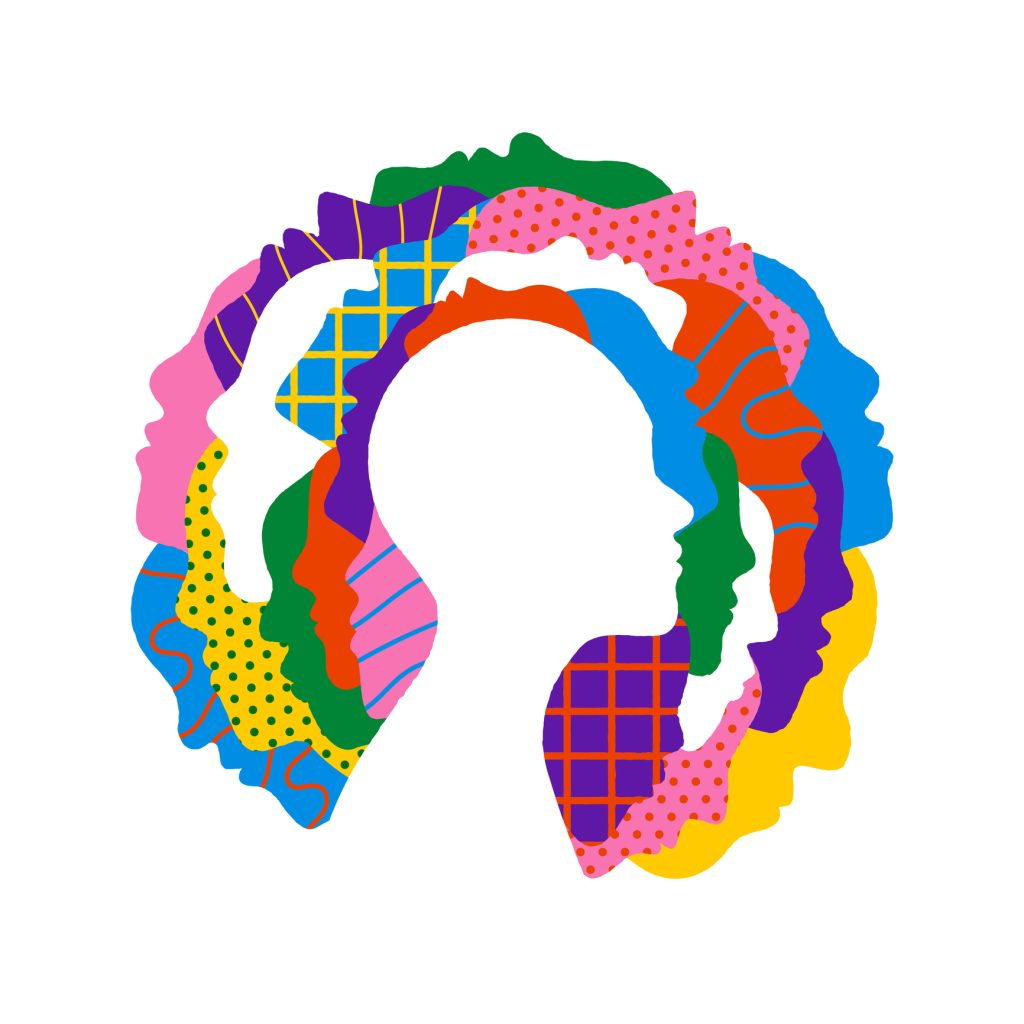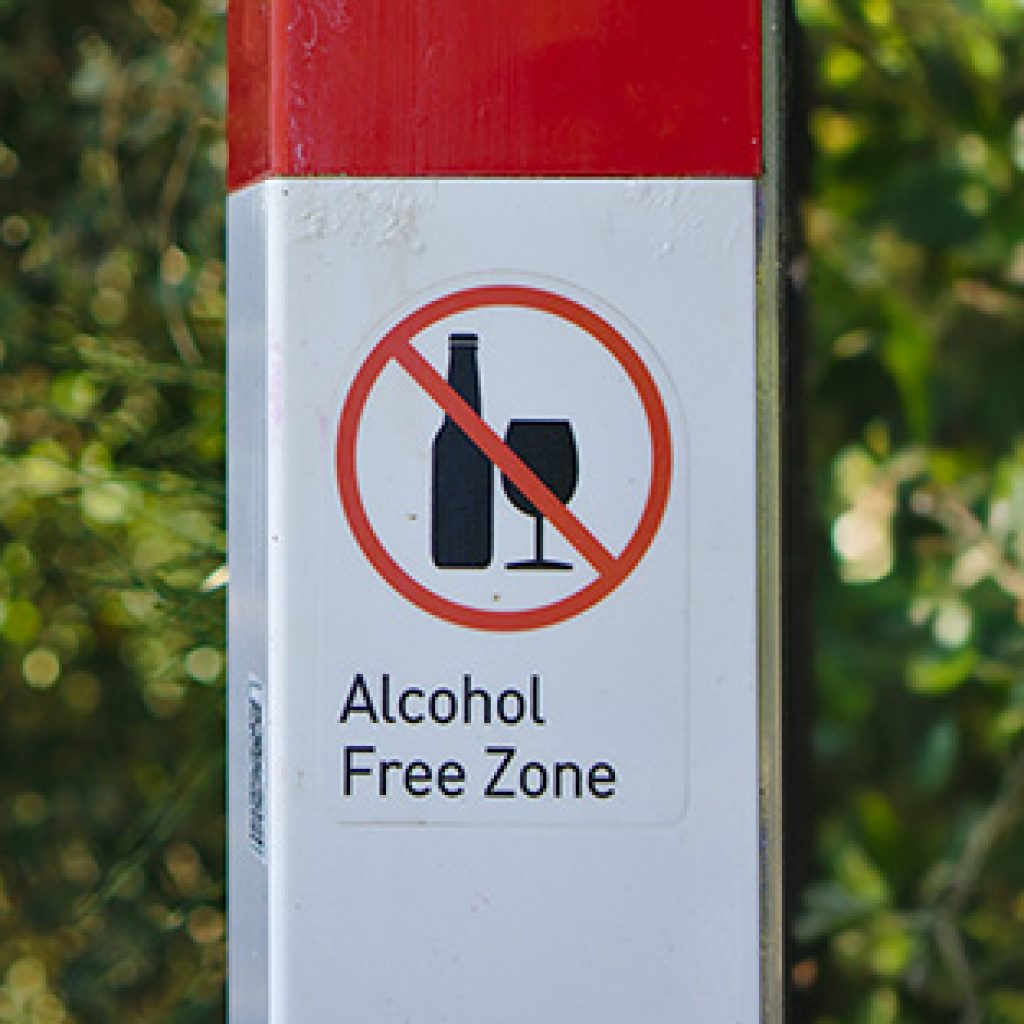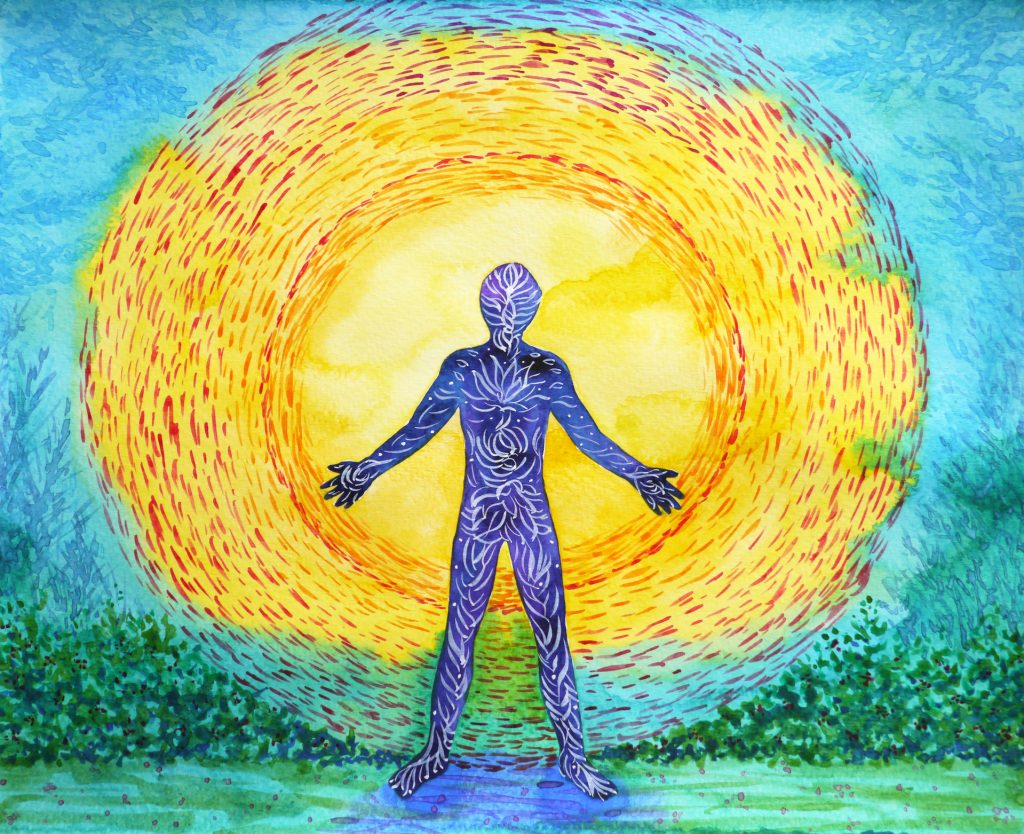Raising the Bar in Treating Clients with Compulsive Sexual Behavior (CSB):
Raising the Bar in Treating Clients with Compulsive Sexual Behavior (CSB): What Behavioral Health Providers Need to Know
Compulsive Sexual Behavior (CSB) Definition and Alternative Terms
“CSB can be defined as compulsive, excessive, or otherwise problematic nonparaphilic sexual behaviors (e.g., excessive or compulsive sexual desire/drive, pornography use, sexual chat/video use, masturbation, sexual intercourse, or engagement in sexual fantasy) that cause distress or impairment in occupation, interpersonal, or social functioning (Kafka 2010).” A variety of additional terms have also been used for CSB. In a commentary article researcher and clinician Rory C. Reid, PhD. Stated that “Despite APA’s decision to exclude hypersexual disorder (HD) from the forthcoming DSM-5, the proposed criteria for HD (Kafka, 2010) represent a milestone in the field. Kafka, along with others, invested a tremendous amount of effort in drafting the proposed criteria (Reid, 2013).” He also urged that clinicians focus on their patient’s “subjective description of sexual fantasies, urges, and behaviors combined with their personal distress, feelings of diminished control, and negative consequences” as they are “more meaningful for treatment purposes than the label given to these characteristics” (Reid, 2013). He goes on to state that labels like sexual addiction, sexual compulsivity, sexual impulsivity, or hypersexuality are important for conceptualizing disorders and in providing treatment for patients and have implications for treatment as well (Reid, 2013).
Additional information on CSB can be found in the ICD-11 for Mortality and Morbidity Statistics (Version: 04/2019) and in the DSM-5.
Prevalence of CSB
Among the general population about 3-6% of people have Compulsive Sexual Behavior (CSB). However, studies have shown that rates are higher among men (Kaplan & Kruger, 2010). Among those seeking treatment for substance use disorder, the rate is 25% (Stavro, 2013) with at least one study showing a rate of 31% (Brem, et al., 2017). A small study (133) of male participants in Brazil with polysubstance use disorder and alcohol use disorder found that those with polysubstance use disorders (cocaine/crack) had significantly higher rates of sexual addiction (Antonio, et al., 2017). Although more research is needed, assessing for compulsive sexual behavior in clients with alcohol and drug use disorders is very important, as are prevention strategies for those with substance use disorder (Antonio, et al., 2017). Those identifying as gay or lesbian also report higher rates of CSB (Reid, 2010; Reid, et al., 2013). Those suffering from CSB are likely to initiate those behaviors during adolescence and early trauma such as sexual abuse during childhood is more common in women with CSB (Opitz, Tsytsarev, & Froh, 2009; Reid, 2013).
Consequences and Impact of CSB
- Shame and maladaptive defense mechanisms are well-documented consequences of CSB and particularly among men in treatment for SUD. A study of mindfulness and shame among 184 men in treatment for SUD supported the usefulness of treatment that included supporting and extending dispositional mindfulness to reduce shame. The study also confirmed the premise that men in treatment for SUD who engaged in CSB had higher levels of shamed when they had low levels of dispositional mindfulness. For men with average to high levels of dispositional mindfulness, however, CSB was not related with (Bren, et al., 2017; Reid et al., 2009; Reid, 2010; Reid, et al., 2011; Reid, et al., 2012;).
- Co-morbid affective disorders and SUDs are common and CSB shares or overlaps with other disorders in neural imaging. In short, affective disorders, personality disorders, neurodegenerative diseases (such as Parkinson’s Disease), sleep disorders, and SUDs are frequently comorbid with CSB (Kuiper & Coolen, 2018.) Patients with Parkinson’s Disease have been studied for presence of impulse control disorders (ICDs), who were found to have a lifetime prevalence of approximately 36% of disorders such as gambling, CSB, compulsive buying, binge eating, Internet addiction, kleptomania, and impulsive smoking (Buoli, et al., 2016). A recent excellent and comprehensive review of neurobiological studies showed that CSB is correlated with differences in brain structure and altered processing of sexual material (Stark, et al., 2018).
- Risks for contracting and transmitting sexually transmitted diseases may be linked to CSB (Reid, 2013).
- Other consequences of CSB that need further study may include self-harm and suicide, relationship problems, unintended pregnancies and impact to children (Reid, 2013).
Diagnosis and Treatment
Prior to beginning treatment, it is critical to make an accurate diagnosis, including ruling out medical causes of CSB. In addition to the ICDs mentioned in the previous section, Alzheimer’s Disease has sexual inhibition as a common factor, with a prevalence rate of between 4.3% and 9.0 % of Alzheimer’s patients (Derbyshire & Grant, 2015). Medications such as dopamine agonists, cocaine, GHB, and methamphetamine can also increase sexual drive (Smith, 2007). Some tools available for use in screening and diagnosis include the Hypersexual Disorder: Current Assessment Scale (HD:CAS) and the Sexual Addiction Screening Test.
What Does this Mean for Behavioral Health Providers Who Treat People With CSB?
- Screening and assessment of clients with SUD is critical for identifying and diagnosing CSB to be able to treat CSB and avoid relapses (Antonio, et al., 2017).
- For those diagnosed with CSB, strategies that support high levels of dispositional mindfulness should be employed (Bren, et al., 2017).
- Because data suggests similarities to medical and neurological disorders and diseases, new research will most likely examine the effectiveness of the use of treatments for those disorders for CSB (Stark, et al., 2015). This means keeping up with current research is important to be aware of drug-induced CSB and pharmacological treatments for CSB (such as Naltrexone) as well as treatment coordination with primary care and other providers for clients with neurological diseases and co-occurring disorders.
- Psychological treatment modalities that have shown some promise are psychodynamic therapy, cognitive behavioral therapies, and group therapy (Derbyshire & Grant, 2015). Other potentially effective treatments include cognitive Analytic Therapy (CAT), Mindfulness, Self-Help Groups, and pharmacologic treatment (Efrati & Gola, 2018).
Training and Additional Information
On March 5, 2020 in Reno, Nevada and on March 6, 2020 in Las Vegas, Nevada a workshop is being provided through CASAT Training, entitled Helping Clients with Compulsive Sexual Behavior Disorder. The presenters are Rory Reid, Ph.D., LCSW, ICGC-II and Shane W. Kraus, Ph.D.
“The World Health Organization (WHO) has classified Compulsive Sexual Behavior Disorder (CSBD) as an impulse control disorder for the ICD-11. Clients seeking help for CSBD exhibit characteristics similar to what has been labeled “behavioral addictions” including 1) diminished control over sexual thoughts, urges, and behavior, 2) significant consequences and distress related to sexual behavior, 3) multiple unsuccessful attempts to reduce or stop compulsive sexual behavior. This presentation will discuss assessment, common associated features, and treatment of CSBD. The most up-to-date research on CSBD will be discussed with a focus on clinical applications of findings in the social science literature. Finally, providers will learn how to do a differential diagnostic evaluation from other sexual behavior problems such as the non-consensual behaviors often associated with the #MeToo movement.
Learning Objectives:
- Participants will be able to describe the signs/symptoms of CSBD and identify one assessment measure to assess for CSBD
- Participants will be able to describe at least 3 comorbid disorders that commonly co-occur with CSBD
- Participants will be able to identify at least one way to differentiate CSBD from sex offending behavior
- Participants will be able to describe at least 3 findings from social science research and how the findings directly relate to clinical practice
Additional information and registration for this timely workshop can be found on the CASAT Training website. More materials and links are available on the CASAT OnDemand Resources & Downloads page.
References
Antonio, N., Diehl, A., Niel, M., Pillon, S., Ratto, L., Pinheiro, M. C., . . . Ushida, R. (2017). Sexual addiction in drug addicts: The impact of drug of choice and poly-addiction. Revista Da Associação Médica Brasileira, 63(5), 414-421. doi:10.1590/1806-9282.63.05.414
Brem, M. J., Shorey, R. C., Anderson, S., & Stuart, G. L. (2017). Dispositional mindfulness, shame, and compulsive sexual behaviors among men in residential treatment for substance use disorders. Mindfulness, 8(6), 1552-1558. doi:10.1007/s12671-017-0723-0
Buoli, M., Caldiroli, A., & Altamura, A. C. (2016). Psychiatric conditions in parkinson disease: A comparison with classical psychiatric disorders. Journal of Geriatric Psychiatry and Neurology, 29(2), 72-91. doi:10.1177/0891988715606233
Efrati, Y., & Gola, M. (2018). Treating compulsive sexual behavior. Current Sexual Health Reports, 10(2), 57-64. doi:10.1007/s11930-018-0143-8
Derbyshire, K. L., & Grant, J. E. (2015). Compulsive sexual behavior: a review of the literature. Journal of behavioral addictions, 4(2), 37–43. doi:10.1556/2006.4.2015.003
Fattore, L., & Melis, M. (2016). Sex differences in impulsive and compulsive behaviors: A focus on drug addiction: Sex, impulsivity and addiction. Addiction Biology, 21(5), 1043-1051. doi:10.1111/adb.12381
Kafka, M. P. (2010). Hypersexual disorder: a proposed diagnosis for DSM-V. Archives of Sexual Behavior, 39, 377–400.
Kaplan, M. S., & Krueger, R. B. (2010). Diagnosis, assessment, and treatment of hypersexuality. The Journal of Sex Research, 47, 181–198. doi:10.1080/002244910035928
Kuiper, L. B., & Coolen, L. M. (2018). Compulsive sexual behavior in humans and preclinical models. Current Sexual Health Reports, 10(3), 124-131. doi:10.1007/s11930-018-0157-2
Opitz, D. M., Tsytsarev, S. V. and Froh, J. 2009. Women’s sexual addiction and family dynamics, depression, and substance abuse. Sexual Addiction & Compulsivity, 16: 324–340.
Reid, R. C. (2010). Differentiating emotions in a sample of men in treatment for hypersexual behavior. Journal of Social Work Practice in the Addictions, 10, 197–213. doi:10.1080/153325610037693
Reid, R. C. (2013). Personal perspectives on hypersexual disorder. Sexual Addiction & Compulsivity, 20, 4–18. doi:10.1080/10720162.2013.77
Smith, S. (2007). Drugs that cause sexual dysfunction. Psychiatry, 6(3), 111–114.
Stark, R., Klucken, T., Potenza, M. N., Brand, M., & Strahler, J. (2018). A current understanding of the behavioral neuroscience of compulsive sexual behavior disorder and problematic pornography use. Current Behavioral Neuroscience Reports, 5(4), 218-231. doi:10.1007/s40473-018-0162-9
Stavro, K., Rizkallah, E., Dinh-Williams, L., Chiasson, J., & Potvin, S. (2013). Hypersexuality among a substance use disorder population. Sexual Addiction and Compulsivity, 20(3), 210–216.
Worley, J. (2017). The role of pleasure neurobiology and dopamine in mental health disorders. Journal of Psychosocial Nursing and Mental Health Services, 55(9), 17-21. doi:10.3928/02793695-20170818-09
Blog Post Tags:
Related Blog Posts
Related Learning Labs
Related Resources
.
- Buscar Tratamiento de Calidad para Trastornos de uso de Sustancia (Finding Quality Treatment for Substance Use Disorders Spanish Version)
- Finding Quality Treatment for Substance Use Disorders
- Focus On Prevention: Strategies and Programs to Prevent Substance Use
- Monthly Variation in Substance Use Initiation Among Full-Time College Students
- The National Survey on Drug Use and Health (NSDUH) Report: Monthly Variation in Substance Use Initiation Among Adolescents









great